For imaging applications, we all are familiar with Monochrome/Color Cameras; these are available in almost every Smartphone. These cameras uses VISIBLE wavelength band of electromagnetic spectrum. Visible band, in which these CCD/CMOS work very effectively, is from 400nm to 700nm However, as the ambient light intensity reduces, images acquired from these cameras are not so meaningful. For low light, night conditions, foggy or smoky conditions where imaging in Visible Band does not render much information, we need to look beyond VISIBLE band |
|
Every object has unique spectral response. Each material reflects or absorbs the wavelengths differently. By comparing the reflected signals, we can identify the materials. Primarily, the spectral differences are there in SWIR Band. These differences are seen by SWIR sensors and make the "nonvisible" SWIR wavelengths "visible", allowing our eyes see what is not naturally visible. Ability to see the nonvisible is pretty valuable in various applications.
|
|
| We offer SWIR Cameras which provide high-resolution imaging not only in SWIR band, but also in visible and near-infrared (NIR) spectrum. We offer SWIR sensors with spectral response from 400 nm upto 1700 nm, dynamic range upto 70 dB, global shutter operation, and high frame rates. These sensors offer flexibility of programmable frame time, exposure time, gain modes, window modes, binning modes, and more. | |
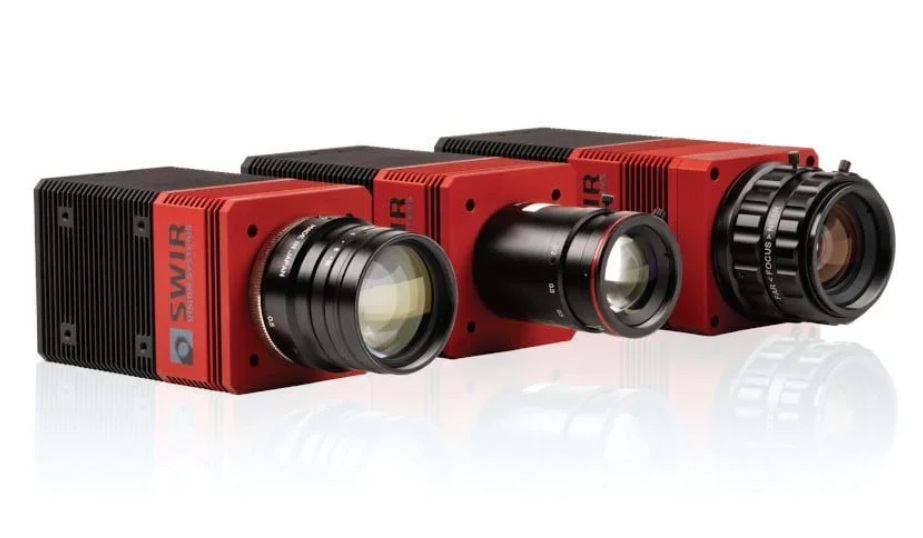 |
|
| SWIR sensors can detect longer wavelengths than VIS or NIR sensos. This imparts them lower reflective coefficient Also they are resilient to solar noise. Under common low visibility scenarios visibility such as glare,smoke, fog, SWIR offers superior vision capabilities. | |
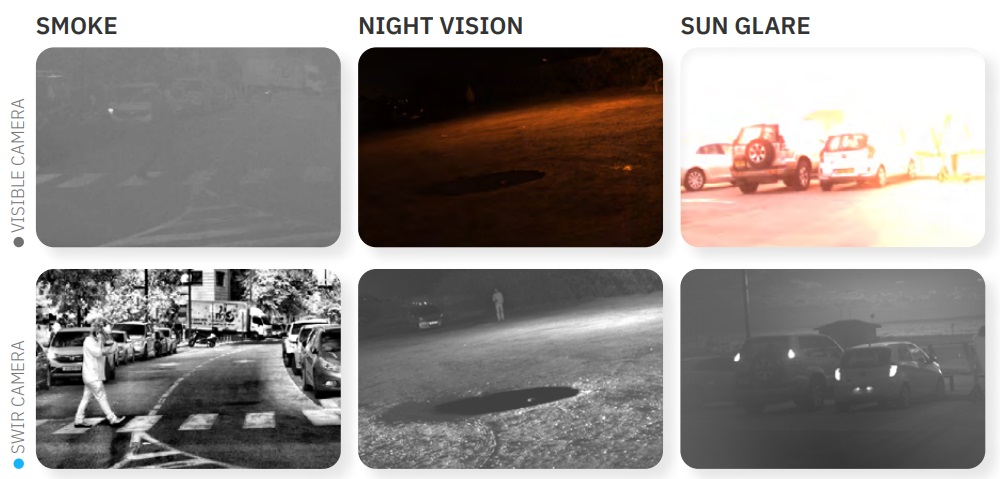 |
|
| FEATURES | |
|
|
| Applications | |
| Images through VISIBLE Camera | Images through SWIR Camera |
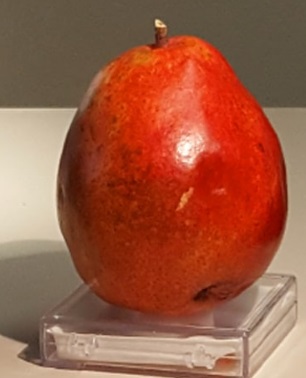 |
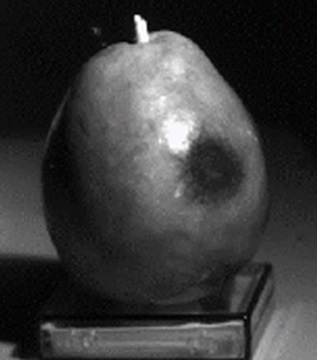 |
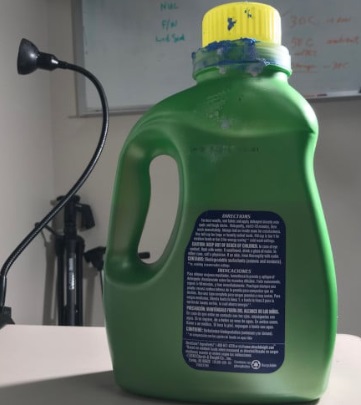 |
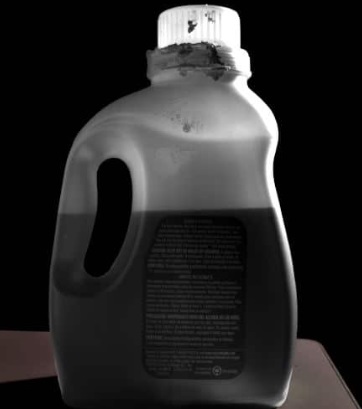 |
 |
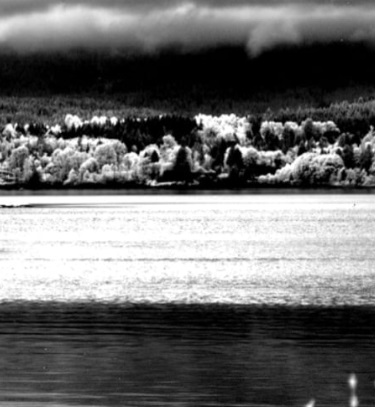 |
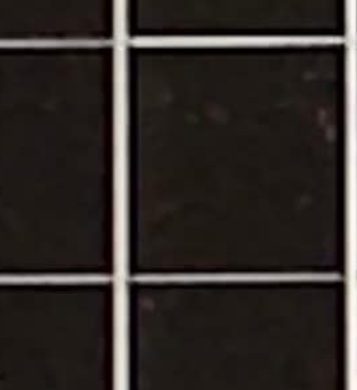 |
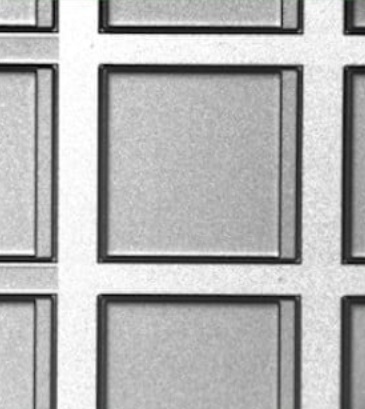 |
